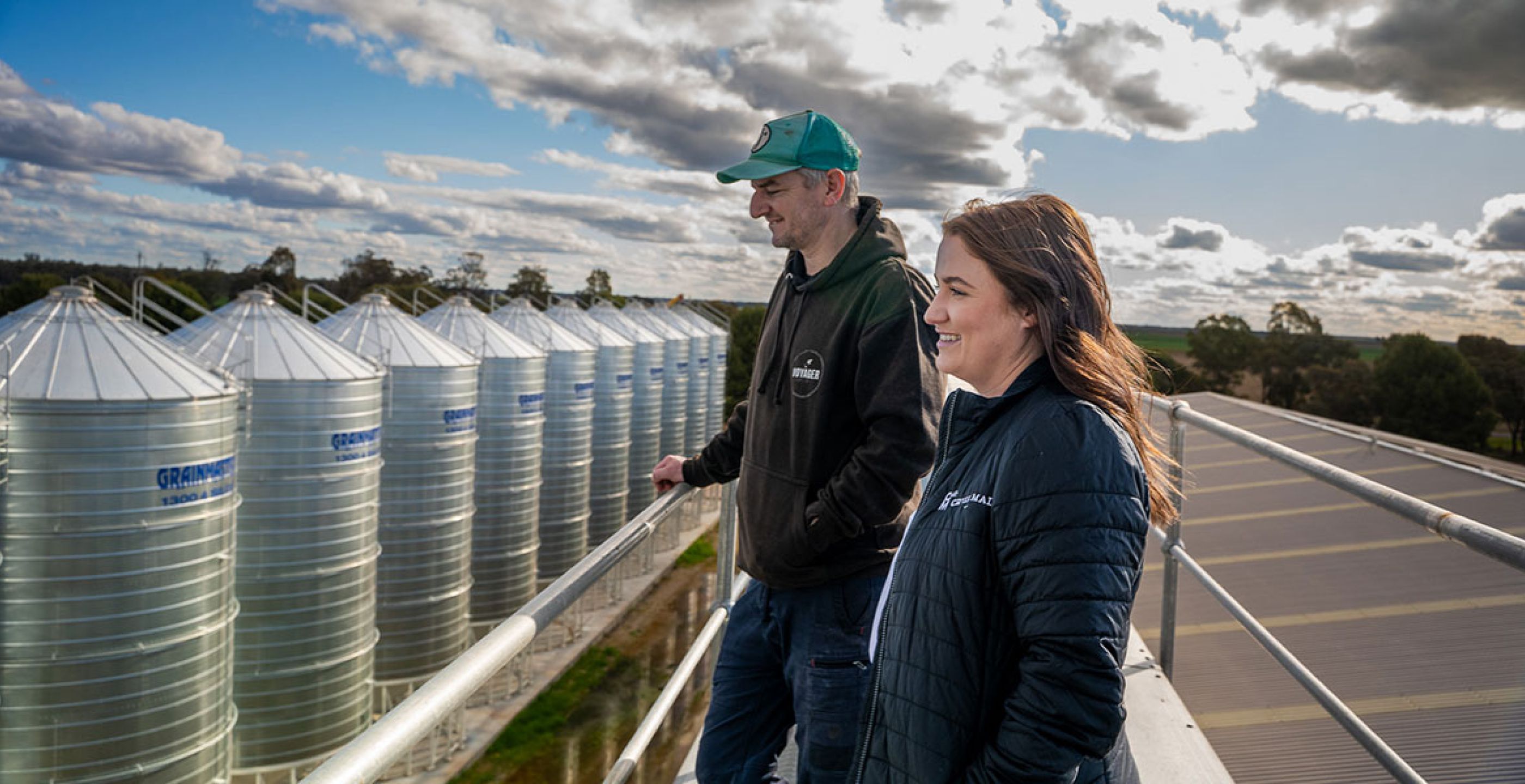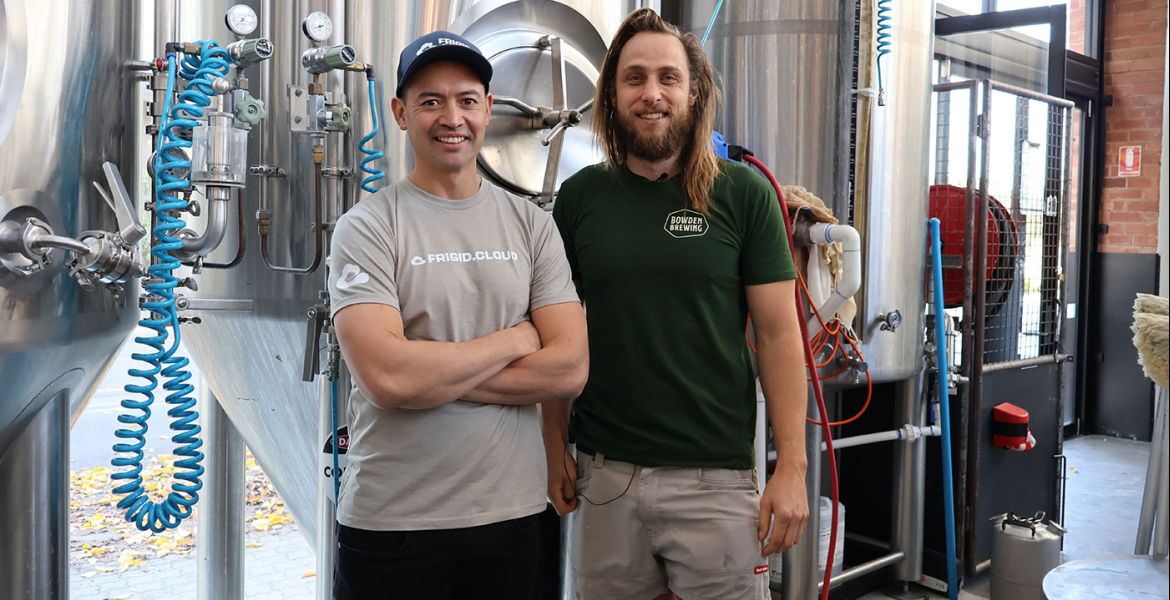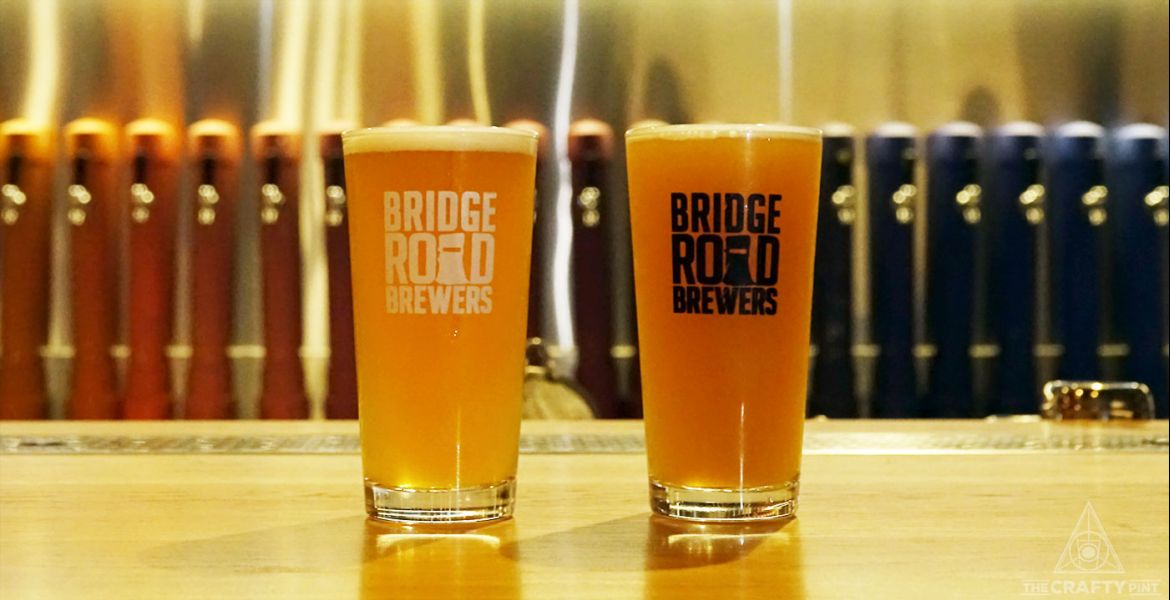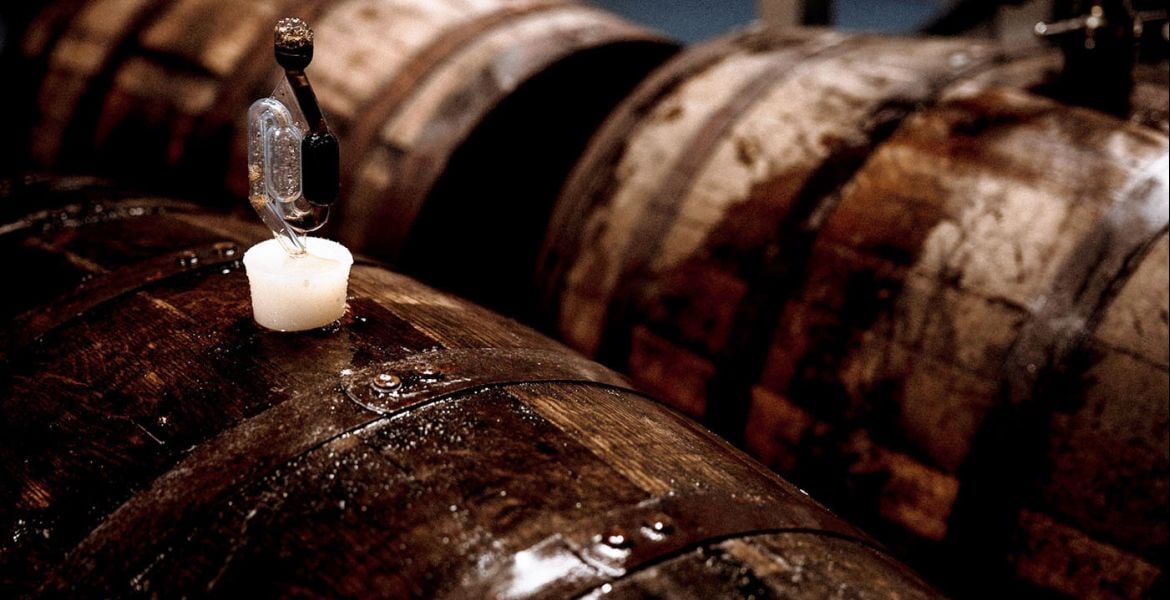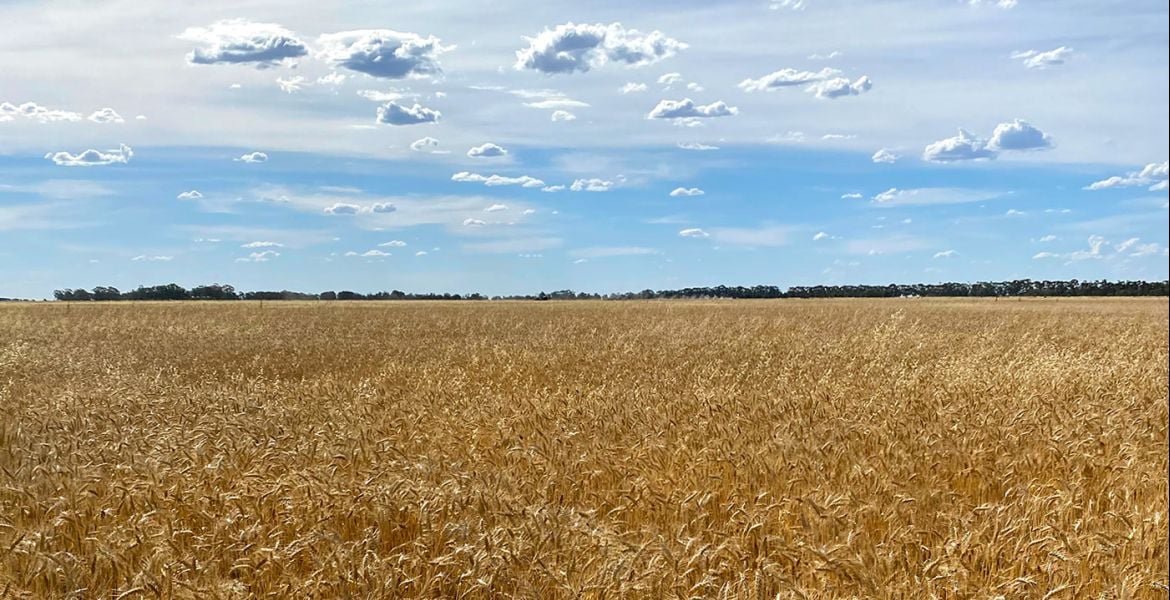When we were working out how best to restructure The Crafty Pint ahead of July's relaunch, we came up with ten Beer Knowledge categories we felt represented the breadth and depth of what takes place across every part of today's diverse beer world. What has become quickly apparent since the relaunch is just how many of the exciting projects across Australia could easily slot into many of those categories.
Take today's launch of Dexter Malt. On one level, it's pretty simple: a new malt variety created locally is now available for brewers to add to their mash tuns. On another, the tale of how it came into being takes in so many elements of the fast-moving beer industry.
There's collaboration: most notably between two businesses operating in the world of malt at vastly different scales and at very different points in their respective journeys, but also featuring farmers, brewers large and small, and more besides.
There's innovation: this is the first time such a malt – of a type coveted by many brewers for many of their recipes – has been produced in Australia.
There's sustainability: not only can you slash your carbon footprint by using local products but the barley being turned into Dexter Malt also comes from a Certified Sustainable farm in Northern New South Wales. The fact it all comes from one farm means you can add provenance to the picture too.
And, of course, if we return to this site's new Beer Knowledge section, such a tale slots neatly into Ingredients too. So, on one level, there's a new malt on the market today; on another, it represents a lovely snapshot of the way the industry has been reshaped by the rise of craft beer over the past decade or two.

The key players are Cryer Malt and Voyager Craft Malt who, given their respective size and ownership structures, might look to be operating in different spheres – maybe even look like competitors – but have long enjoyed a close relationship; as the latter's co-founder Stu Whytcross (pictured on the left at the top of the article) is quick to point out, Voyager wouldn't be where it is now without the support of David Cryer and his team.
“We wouldn’t exist without David," he says, adding. "A lot of the beers that our malts are in, there’s Barrett Burston or Joe [White]’s pale malt in there too. Bintani and Cryer have always really looked after us."
And now that relationship with the latter has turned into this joint venture, one which started in earnest last year.
"We’d had quite a bit of demand for a carapils malt for some time," Stu told The Crafty Pint. Some of Voyager's customers only use Australian ingredients in their beers and thus were missing a vital tool in their brewing arsenal, with such caramel malts previously only produced overseas.
"Cryer came to us and said they had interest in it too as they’d had difficulties with supply during COVID, so we fast-tracked our plans.
"Discussions started around 12 months ago, then six months ago we started working on some trial batches and with the Cryer team to get some feedback from clients. We were looking to have a domestic option for a product that’s never been made in this country."

At this point, you may well be asking: "What is so important about this type of malt?"
To which the answer – in brief – is that these dextrin malts allow brewers to create better foam, achieve improved head retention, and gain greater body in their beers, without adding much in the way of the colour or flavour extracted from caramel or crystal malts. They're handy in the production of pale lagers or pilsners, for example, where brewers want an end product that's bright and pale in colour, crisp and dry on the palate, yet still possesses those aforementioned qualities regarding its head and body.
According to Steph Howard, who moved from Cryer Malt's national sales manager to director of sales & marketing for Barrett Burston as this project was nearing today's launch: “We always wanted to work together for a very, very long time, and wanted the best way to go about it, which was to produce more locally-made specialty malts. This was the first product that brewers in Australia wanted."
It wasn't as simple as just asking Stu and Voyager co-founder Brad Woolner to produce such a malt, however, as the process isn't that straightforward. There's a couple of methods used around the world: in a drum roaster, as favoured in the US, or using a kiln, the preferred method in Europe.
“We haven’t had a drum roaster capable of producing true crystal malts so have gone the European way," Stu says. "It’s caused a few issues in terms of trying to get caramelisation into the malt; keeping the colour low has been challenging to pull off."
Once they had malt they were happy with – initially produced on the original one tonne setup where all of their new products start out – they asked brewers to trial it for them. Two of those, Moffat Beach Brewing and Jervis Bay Brewing, will be pouring beers featuring the malt at next week's BrewCon, while another also shares a relationship with Stu that goes back a long way: Balter head brewer Scotty Hargrave.
“I drove my first malt to Scotty [back when Balter had just installed their pilot brewery]," he says, "so to be able to work with him now on this product is a really special moment for me personally.”
While the scale at which Balter now brew means they'll continue to use imported carapils, Scotty says he's "had some great results playing around on the pilot" with the local product. And he understands the appeal, both from a risk management and sustainability perspective.
“It’s getting increasingly expensive to bring malt halfway across the world so it’s good to be able to have a local option to trial," he says. “It's an opportunity to reduce your footprint and save on beer miles."

The sustainability aspect of Dexter Malt goes further, however. We've delved deep into the ways Voyager celebrates sustainable practices in the past, and here they and Cryer Malt brought Certified Sustainable on board, along with one of the farms with which that organisation works: Dom and Lorna Spora's property in Gulargambone, in the Central Western Plains, which has supplied the Spartacus barley.
"You create around 700kg of CO2 per tonne of malt if you import carapils from overseas," Stu says. "We’re creating about 60kg per tonne, which is a 92 percent reduction in carbon emissions."
It’s an approach Stu sees as complementing the launch of the Certified Sustainable pale malt from Bintani we wrote about last week. “Brewers now have a Certified Sustainable option for base malt and specialty malt,” he says.
The first delivery of Dexter Malt left Voyager's Whitton facility today and will now be distributed by both parties to their respective customers. They're not sure of where demand for the new specialty malt will land, but do see this as the launchpad for future collaborative ventures.
“I know there’s been a few eyebrows raised about us working with Cryer," Stu says, "but I don’t see it as any different to a couple of breweries collaborating to make a beer.
"It’s the first time we’ve worked with anyone on distributing and selling our malts, but if it goes well it might lead to other things. Myself and Brad have these discussions regularly. We’re not a small business anymore: there’s a lot more to running the business than just making malt – and that’s what we’re good at."

They see the potential for working with larger operations to bring other specialty malts – their passion and their forte – to the market. And should demand for any of their products outgrow even their impressive and only recently-expanded malthouse, transferring production to a bigger facility in Australia would leave them free to focus on the development and production of new malt products.
"It’s great for breweries but also for consumers," he says. "I don’t see how this impacts anyone in a negative way."
"Stu and Brad are doing some really great things," Steph adds. "What we really love about Voyager is that we’re able to work together to bring some really innovative Australian malt products to market, to play around with some really cool things.
“I’m so excited about this project and collaboration, and really looking forward to seeing what opportunities working together can bring."



